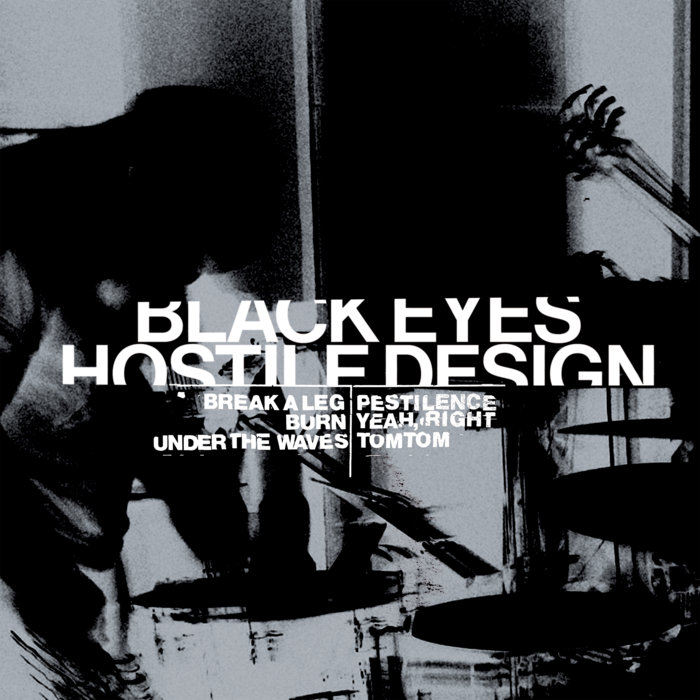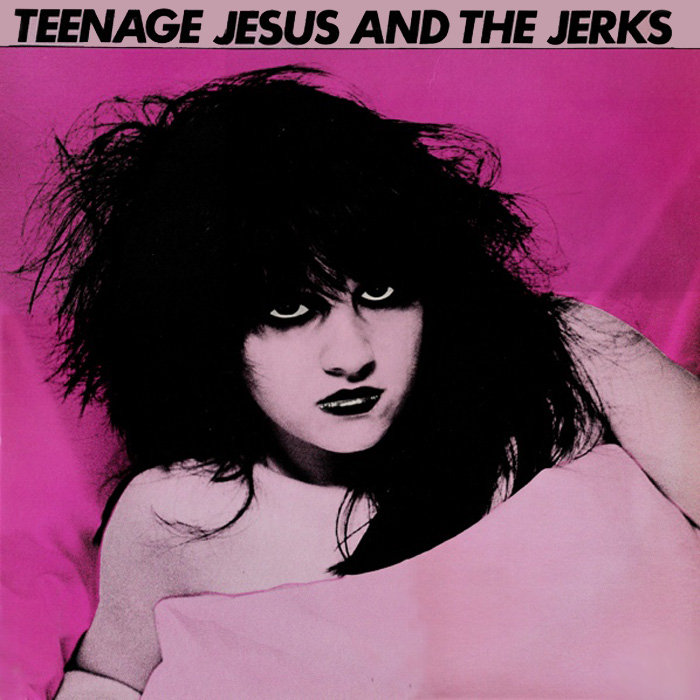
Pestilence – Black Eyes
this blog is GROOVY – check out great Soul, Funk, Jazz, Hip Hop, Bass, Breaks , Reggae, House n many more TUNES
No wave. Just saying it feels a bit rebellious, doesn’t it? It’s a genre that emerged in the late 1970s and early 1980s, primarily in New York City. It was all about breaking away from the norms of music—deconstructing everything we thought we knew about melody and rhythm. So buckle up as we take a funky ride through the twisted corridors of no wave history!
No wave bubbled up during a time when punk rock was shaking things up with its raw energy and DIY ethos. But while punk had catchy hooks and sing-along choruses, no wave threw those conventions right out the window! Instead, it focused on atonality, dissonance, and an overall sense of chaos.
The roots can be traced back to influential artists like Suicide, whose electronic sound made people question what “music” really meant. And let’s not forget The Velvet Underground—the band that gave everyone permission to be weird!
In 1978-79 New York City transformed into a laboratory for sonic experimentation. Artists flocked to downtown clubs like CBGB’s (where punk ruled) but soon found their own space at places like the infamous Mudd Club.
Amongst this cacophony were several key players you might wanna know about:
James Chance: This dude led bands like James White & The Blacks; his saxophone squawks could make even Miles Davis raise an eyebrow!
Lydia Lunch: A force to reckon with! She wasn’t just making noise; she was mixing performance art with music—like if Andy Warhol decided to pick up a guitar instead of sitting around painting soup cans.
Glenn Branca: His large-scale guitar compositions were something else entirely—a freaky mixture that had musicians sweating more than your average funk concert!
Teenage Jesus & The Jerks: Fronted by none other than Lydia Lunch herself – they brought attitude along with some serious ‘don’t-give-a-heck’ spirit!
Contortions: With their jangly guitars and chaotic rhythms, they embodied everything no wave stood for: pure defiance wrapped in distortion.
Did you know that James Chance once performed live while wearing his signature “white guy hair”? He somehow managed to mix high-energy performances while looking utterly ridiculous! Talk about dedication to style over comfort!
If you’re diving into no wave today expecting smooth grooves or relatable lyrics—you’re gonna hit some bumps! Bands often took inspiration from avant-garde composers such as John Cage or Edgar Varèse rather than traditional rock structures.
Tracks like “Shaking All Over” by Contortions showcased intense bursts of sound paired with frantic vocals—not exactly radio-friendly material unless you’re tuning into an experimental station at 3 AM after one too many cups o’ coffee!
The album covers reflected this aesthetic perfectly; gritty black-and-white photos matched with abstract artwork sent powerful messages without even needing words.
Many musicians involved in no wave had day jobs ranging from oddball temp gigs to working as art handlers or bartenders—because hey, someone has gotta pay rent when you’re creating artsy mayhem late night!
And did I mention living conditions? Some bands squatted together in run-down lofts where creativity flowed even easier because they didn’t have much else going on except experimenting until dawn broke!
Although short-lived—the spirit lasted longer than folks might think—with echoes popping up everywhere—from grunge bands trying their hand based on scattered feedback loops found throughout Nirvana tracks—to modern experimentalists who still channel these godfathers/mothers-of-noise today.
You can hear influences seeping into genres such as math-rock (think Battles!) or post-punk revivalists across indie scenes worldwide—all thanks largely due homage paid directly back toward our beloved rebels known as NO WAVE!!
Not only did Lydia Lunch perform her spoken word poetry alongside thunderous soundscapes—but she also caught windfall fame later embracing actresses roles within cult films including Johnny Mnemonic!.
So there ya go—a crazy patchwork quilt stitched together by misfits determined not only break down barriers surrounding music but also toss them aside completely!!
Fast forward decades ahead—we return again now fully immersed within revived trends bound solely towards pushing limits further beyond possible horizons visible long ago(listening styles are always evolving). While mainstream audiences dance beneath disco balls lost amid sparkling lights…no wavers continue delightfully tinkering behind shadows alluringly hiding amidst obscure corners seeking comfort challenging musical terrains previously untouched before…
As long there exist free spirits boldly testing boundaries wild frequencies remain thriving somewhere between hearts yearning out strumming concrete jungles longing onto distant dreams beyond racket realized finally crystal clear resonating beautifully reaching universe opening minds ever wider until next generation emerges anew ready jumpstart journey fresh ineffable wonders await eternally blooming forevermore!!
There’s your crash course on no wave: kooky characters entwined amidst historical turmoil erupt different sounds shaping future generations alike exploring possibilities nestled uniquely ensconced within underground realms yet broaden horizons expanding moods enveloped seamlessly transcending vibrant shifts echoing underneath city skies humankind shares harmoniously together groovin’ despite whatever life throws forth next!! 🌟

Pestilence – Black Eyes

Orphans – Teenage Jesus and the Jerks